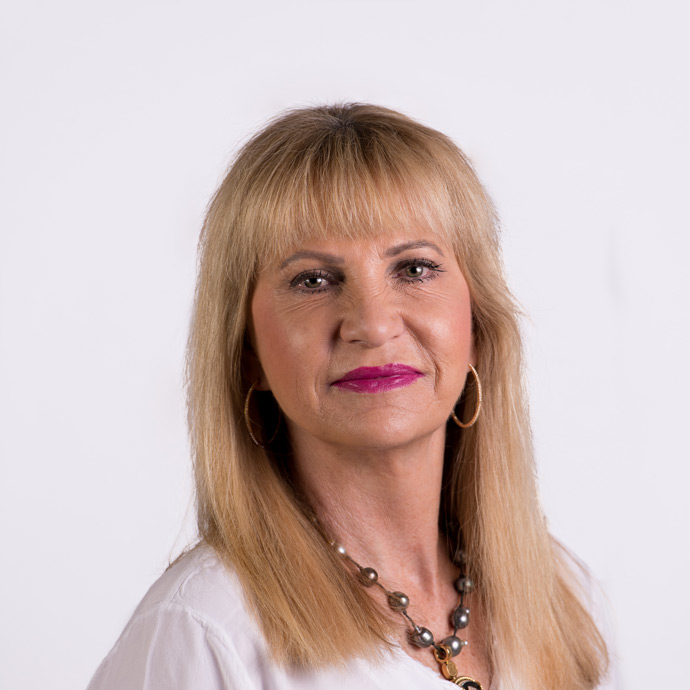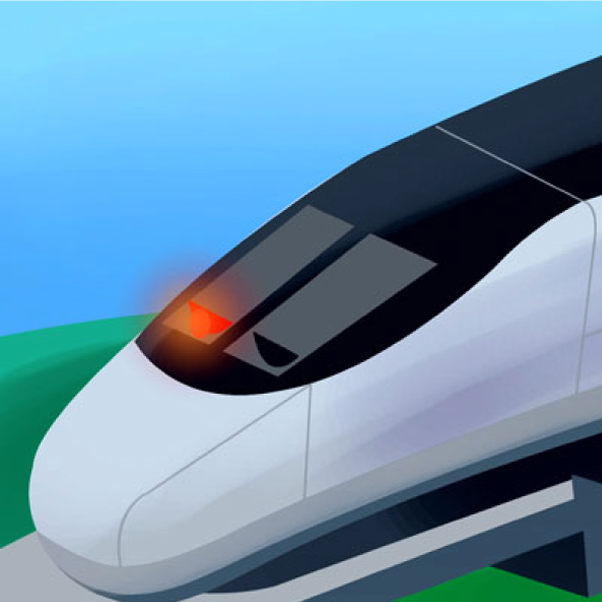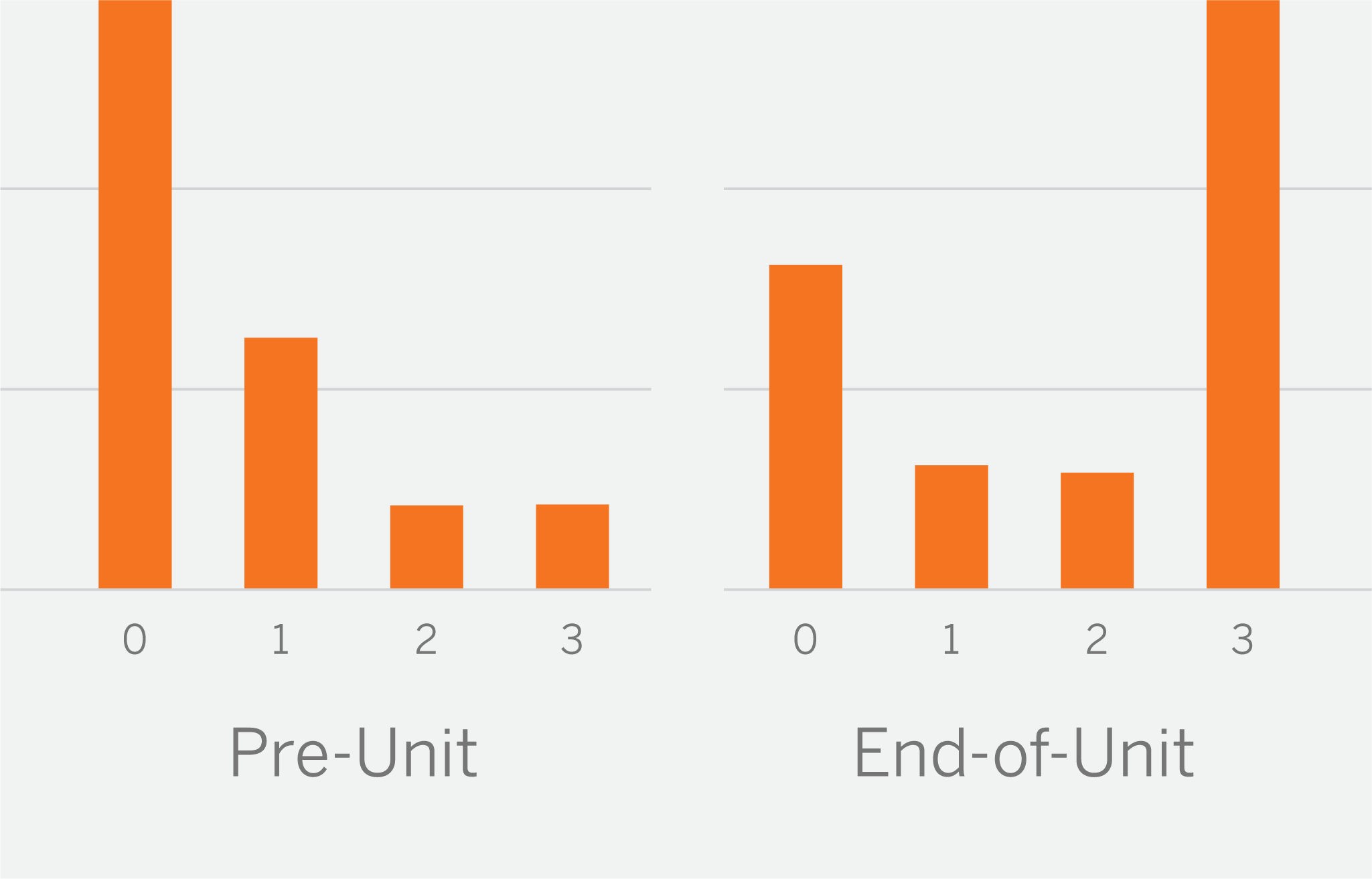Students actively investigate compelling questions by finding and evaluating evidence, then developing convincing arguments. These engaging roles and phenomena bring science to life in your classroom.


Your students are scientists.
In every unit of Amplify Science, students take on the roles of scientists and engineers to figure out real-world phenomena.
Our approach
To investigate these phenomena, students collect evidence from multiple sources and through a variety of modalities. They move back and forth from firsthand investigation to secondhand analysis and synthesis, formulating an increasingly complex explanation of the target phenomenon. Each unit also provides students with opportunities to apply what they have learned to solve new problems in different contexts. This enables students to demonstrate a deep understanding of phenomena and practices.
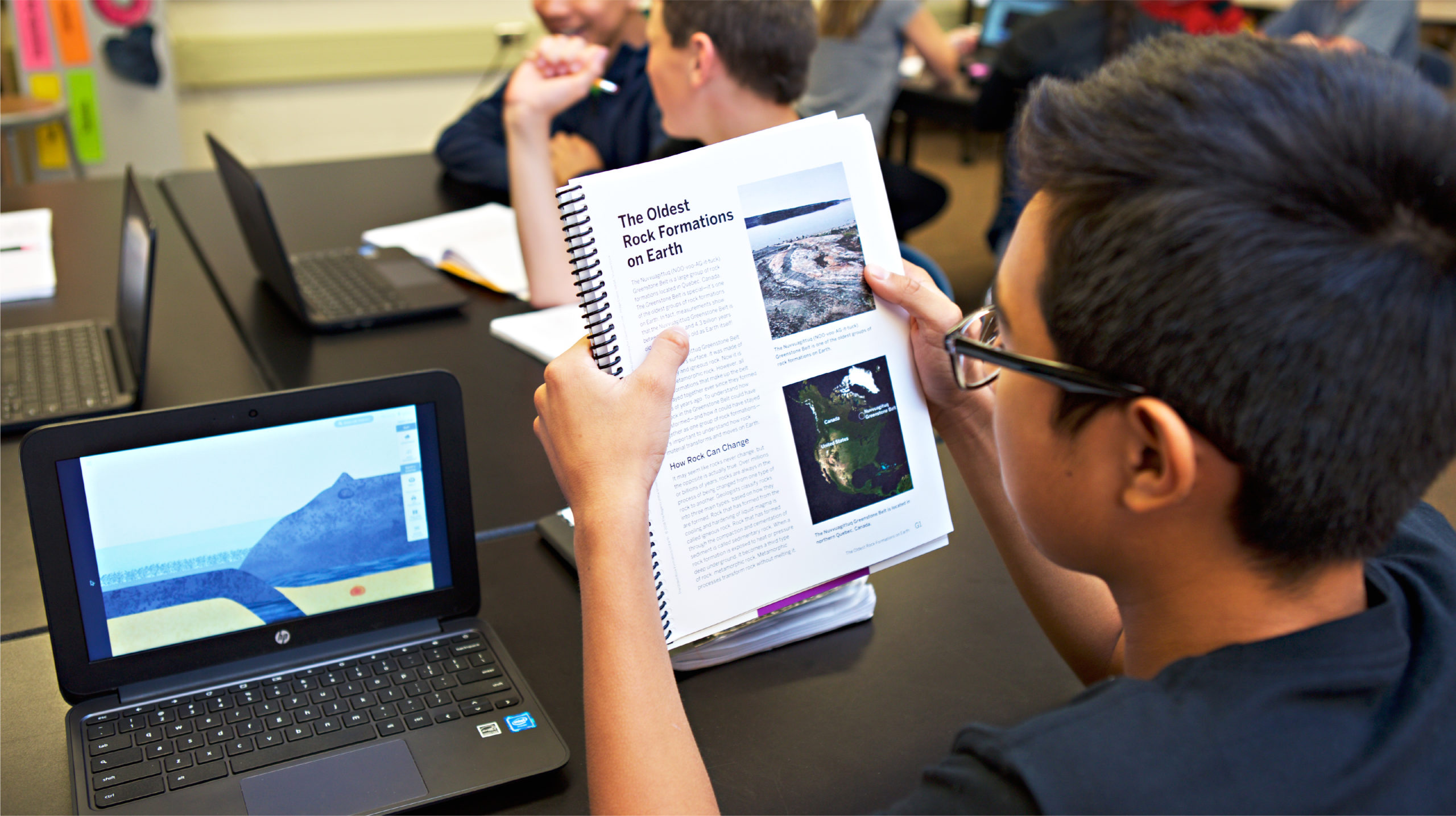
And it works.
The program is backed by gold-standard research.
UC Berkeley’s Lawrence Hall of Science, the authors behind Amplify Science, developed the Do, Talk, Read, Write, Visualize approach, and gold standard research shows that it works. Our own efficacy research is pretty exciting, too.

Hands-on investigations
Hands-on learning is an essential part of Amplify Science.
Hands-on learning is integrated into every unit through hands-on investigations that are critical to achieving the unit’s learning goals and deepening students’ understanding of the unit phenomena.
See Amplify Science hands-on investigation videos in action.
As part of Amplify Science’s Animal and Plant Relationships unit, students take on the role of plant scientists to figure out why there are no new chalta trees growing in the Bengal Tiger Reserve in India. In this video featuring Lesson 3.2, second-grade students from Chicago Public Schools are engaging with a hands-on model in which they simulate animal dispersal of seeds, measure how many seeds were dispersed to places where the seeds are likely to grow, and analyze their results.

Literacy-rich science instruction
Immersing young students in reading, writing, and arguing like real scientists and engineers.
Literacy is an integral part of science. While practicing scientists actively investigate the natural world, large parts of their investigations involve reading, writing, listening, and speaking in order to obtain, evaluate, and communicate information about the natural world. Scientists read about and connect their work to the work of other scientists, explain their findings, and communicate ideas to a variety of audiences.
Powerful digital tools
For science that's too small, large, slow, distant, dangerous, or difficult to see or manipulate directly.
Developed exclusively for Amplify Science, digital simulations, or “sims,” are interactive, virtual worlds that allow students to discover and construct understanding of science concepts and phenomena. Sims provide students with opportunities to explore scientific phenomena that might otherwise be challenging to investigate in a classroom because they are too small, large, slow, distant, dangerous, or difficult to manipulate directly. Much like real scientists do, students in Amplify Science use technology to explore and investigate phenomena, observe and identify relationships, model processes, make predictions, gather evidence, and apply their understanding of science concepts.
Key differentiators
What sets Amplify Science apart
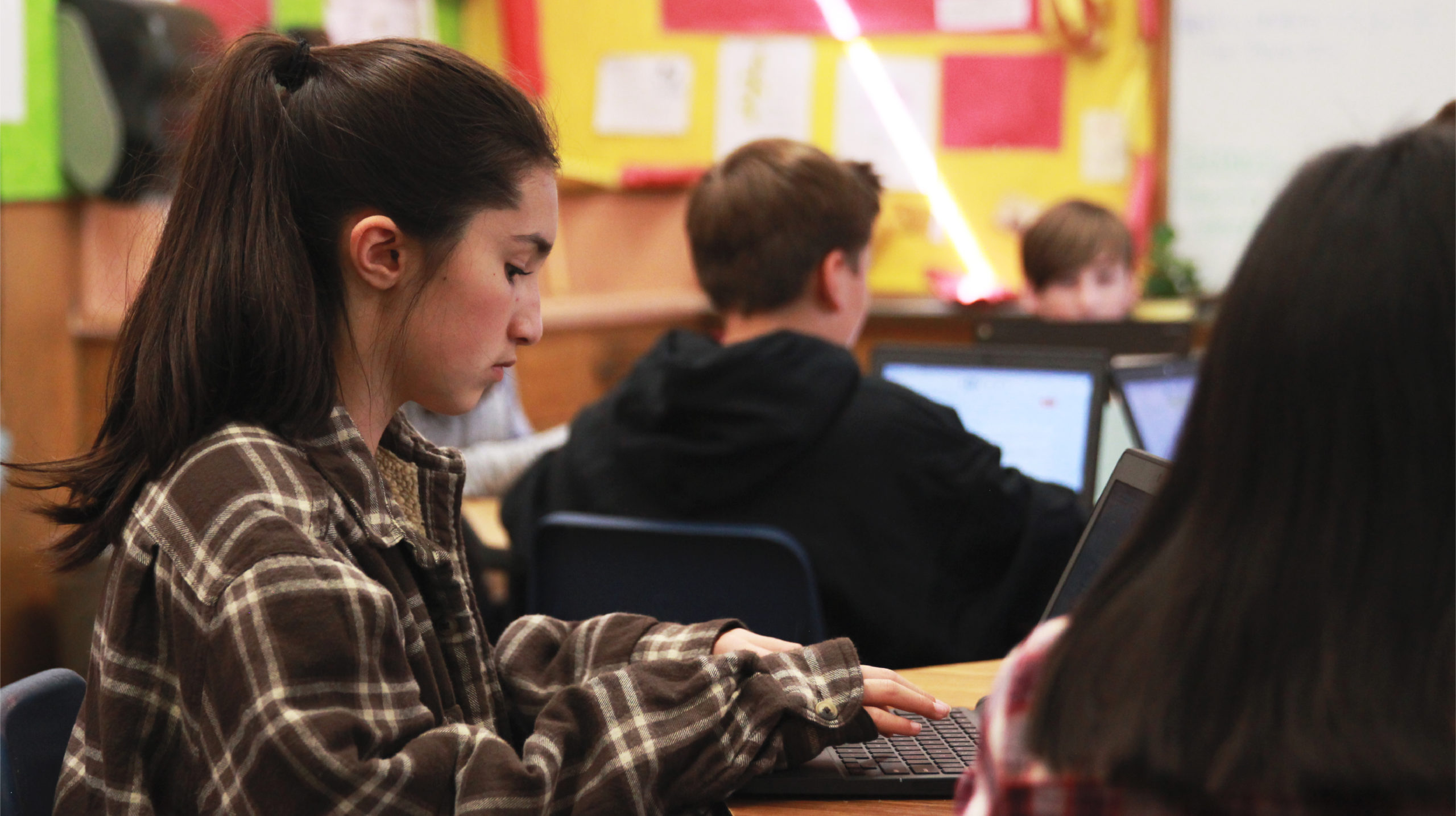
- 1. Built from the ground up for three-dimensional learning
- 2. Students take on the role of scientists and engineers to investigate real-world phenomena
- 3. Literacy-rich science instruction
- 4. Powerful digital modeling tools and simulations
- 5. Hands-free teaching with Classroom Slides



